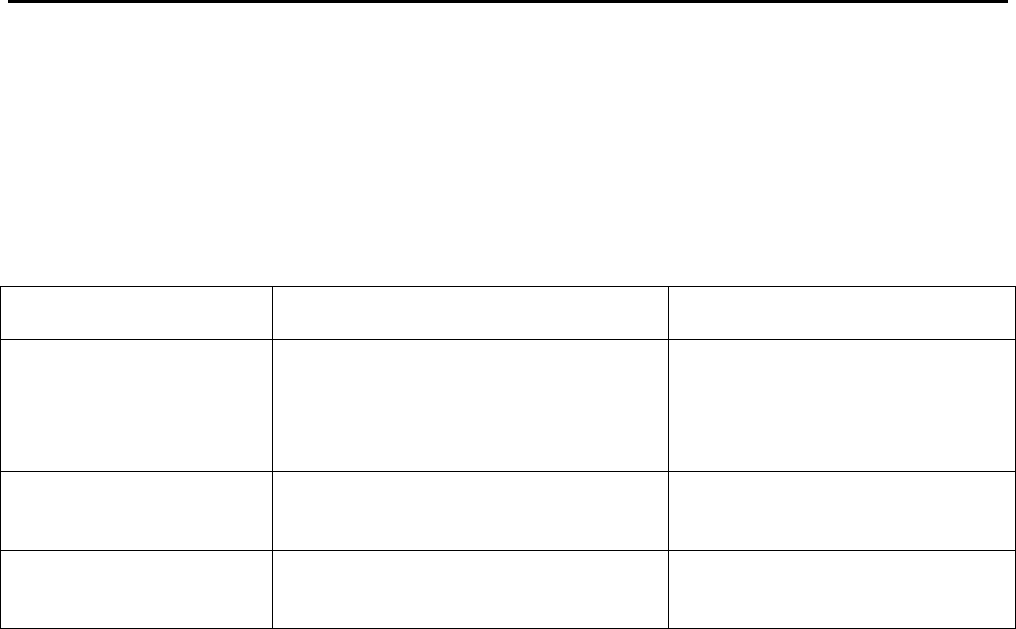
101
PERFORMANCE MEASUREMENTS
CONSTANT VOLTAGE POWER SUPPLY MEASUREMENTS
Figure 70 illustrates a setup suitable for the measurement of the six most important operating specifications of a
constant voltage power supply: source effect, load effect, PARD, load effect transient recovery time, drift, and
temperature coefficient.
The automatic load switch shown in Figure 70 is used to periodically interrupt the load when measuring
transient recovery time. Full details of a suitable load switch and the method of employing it are given later
under CV Load Effect Transient Recovery Time.
Measurement Instrument Necessary Characteristics Suitable Model Number
Oscilloscope
Sensitivity and bandwidth: 100µV/cm
and 400KHz for all measurements except
noise spike; 5mV sensitivity and 20MHz
bandwidth for noise spike measurement.
Agilent 180C with 1821A time base
and 1806A vertical plug-in; 1803A
plug-in for spike measurement.
Differential or Digital DC
Voltmeter
Resolution -1 millivolt or better at
voltages up to 1000 volts.
Agilent 3420B
Agilent 3455A
True RMS Voltmeter Sensitivity 1mV full scale crest factor
10:1.
Agilent 3400A
Precautions
Measure Performance at Front or Rear Terminals.
Before attaching the load and monitoring devices shown in Figure 70 determine whether the supply is
connected for front or rear terminal sensing, because the load and monitoring devices must be connected to the
same pair of output terminals to which the feedback amplifier within the power supply is connected. In the case
of small laboratory supplies that feature Automatic Error Sensing, performance measurements can be made at
either the front or rear output terminals but are normally accomplished at the rear terminals.
Connect Leads to Power Supply Terminals Properly.
Casual clip lead connections will inevitably result in serious measurement errors--in most cases exceeding the
power supply's specifications even though the power supply is operating perfectly. The load and monitoring
leads must be connected to the power supply terminals exactly as shown in Figures 71A and B. If performance
measurements are made at the front terminals (Figure 71A) the load should be plugged into the front of the
terminal at (B) while the monitoring device is connected to a small lead or bus wire inserted through the hole in
the neck of the binding post at (A). If performance is being measured at the rear barrier strip (Figure 71 B), the
measuring instrument should be connected to the plus and minus sensing terminals; in this way the monitoring
device sees the same performance as the feedback amplifier within the power supply.
